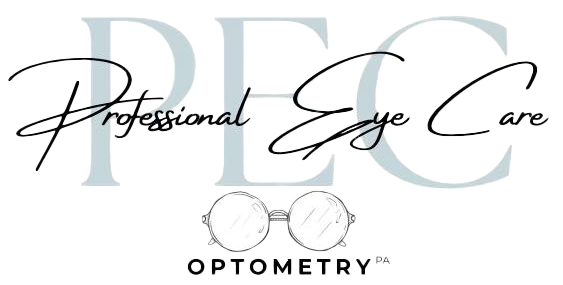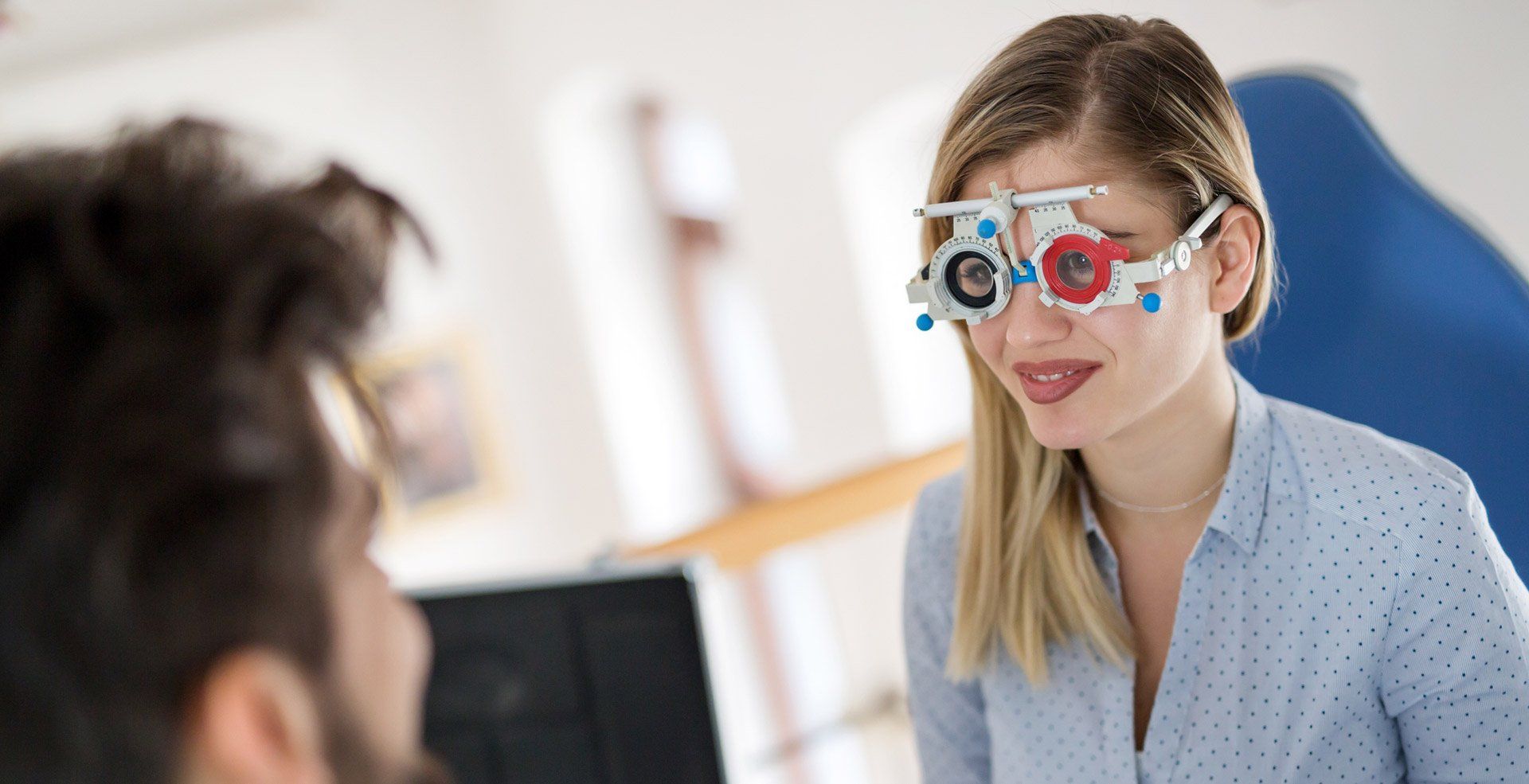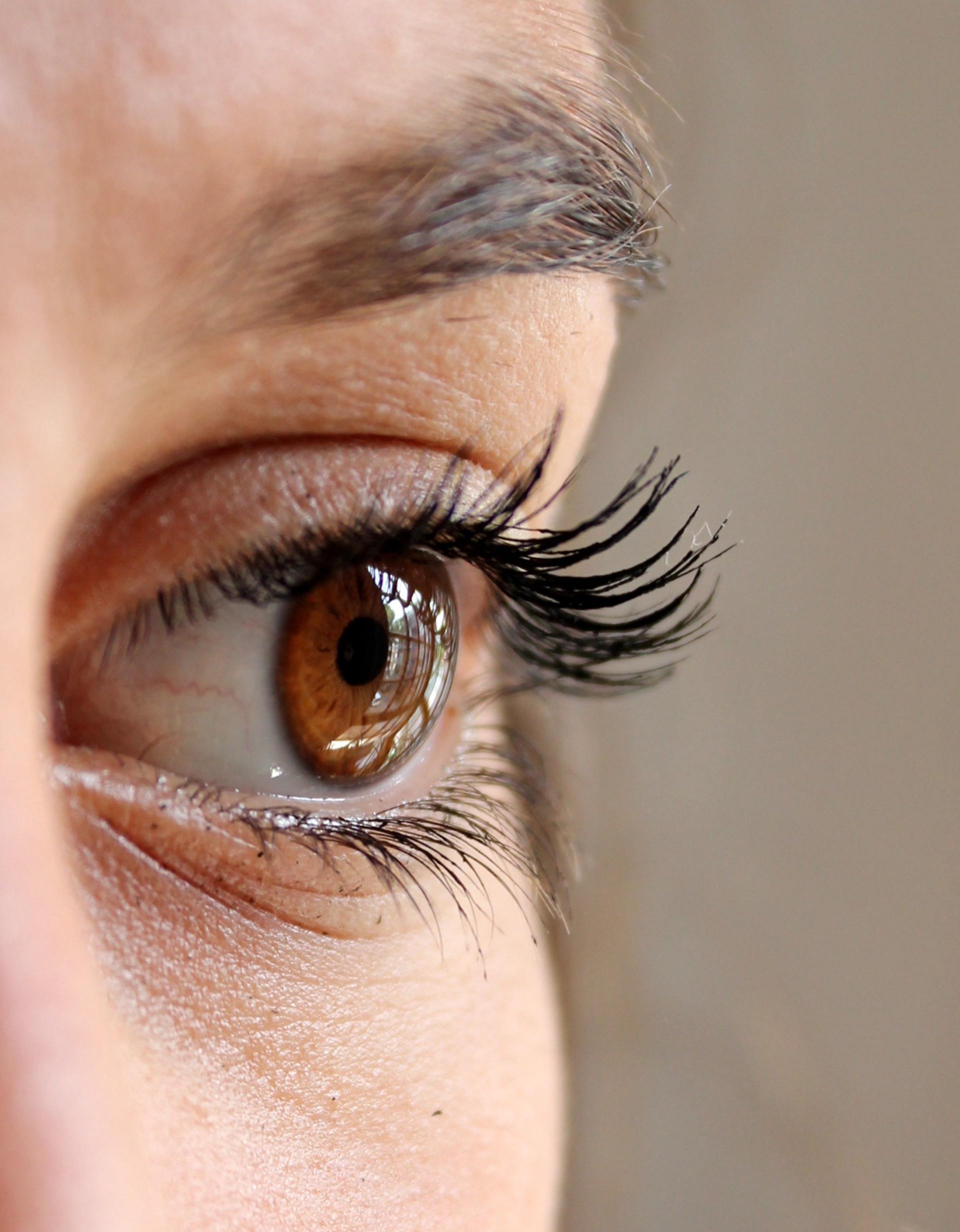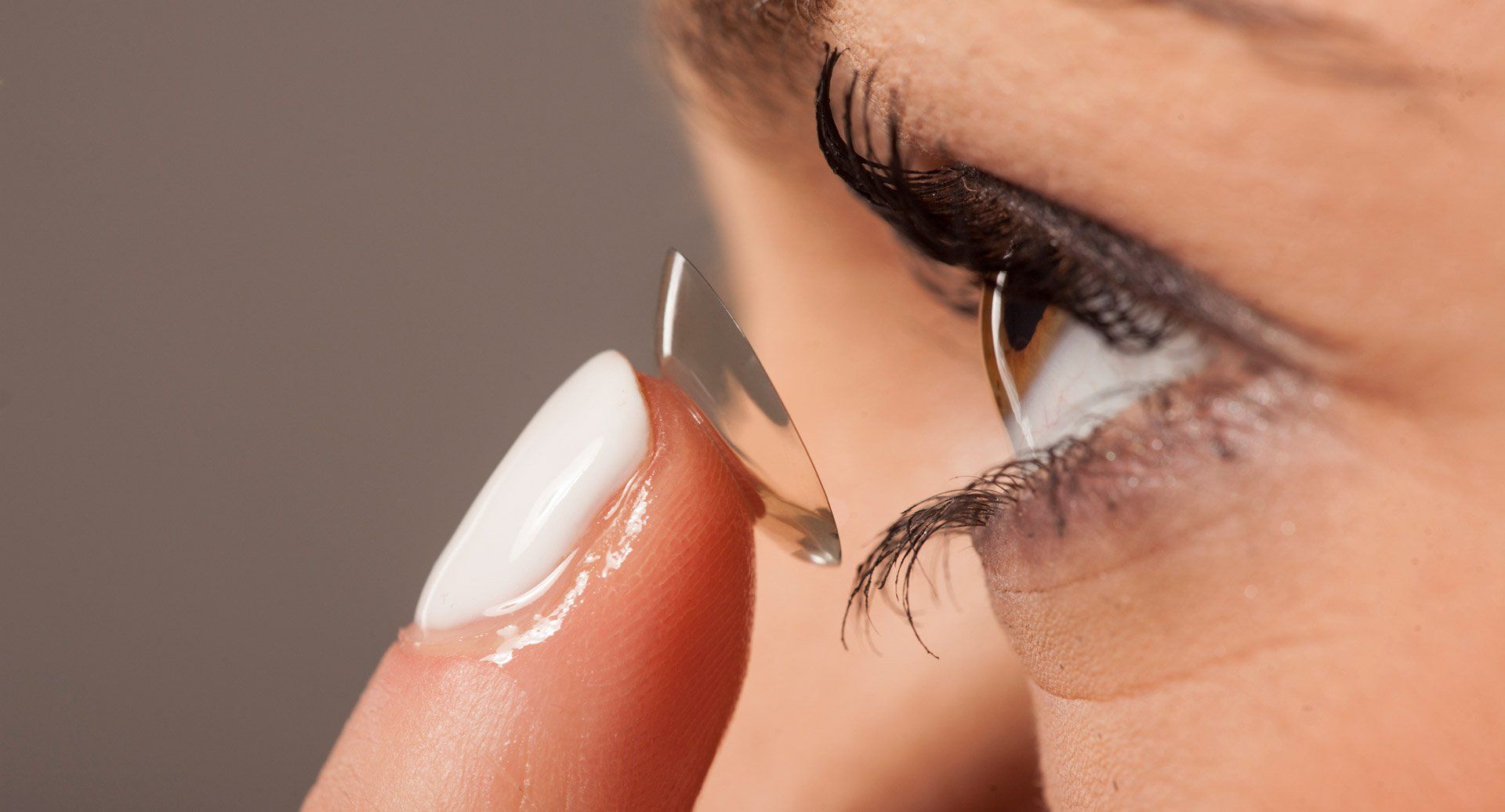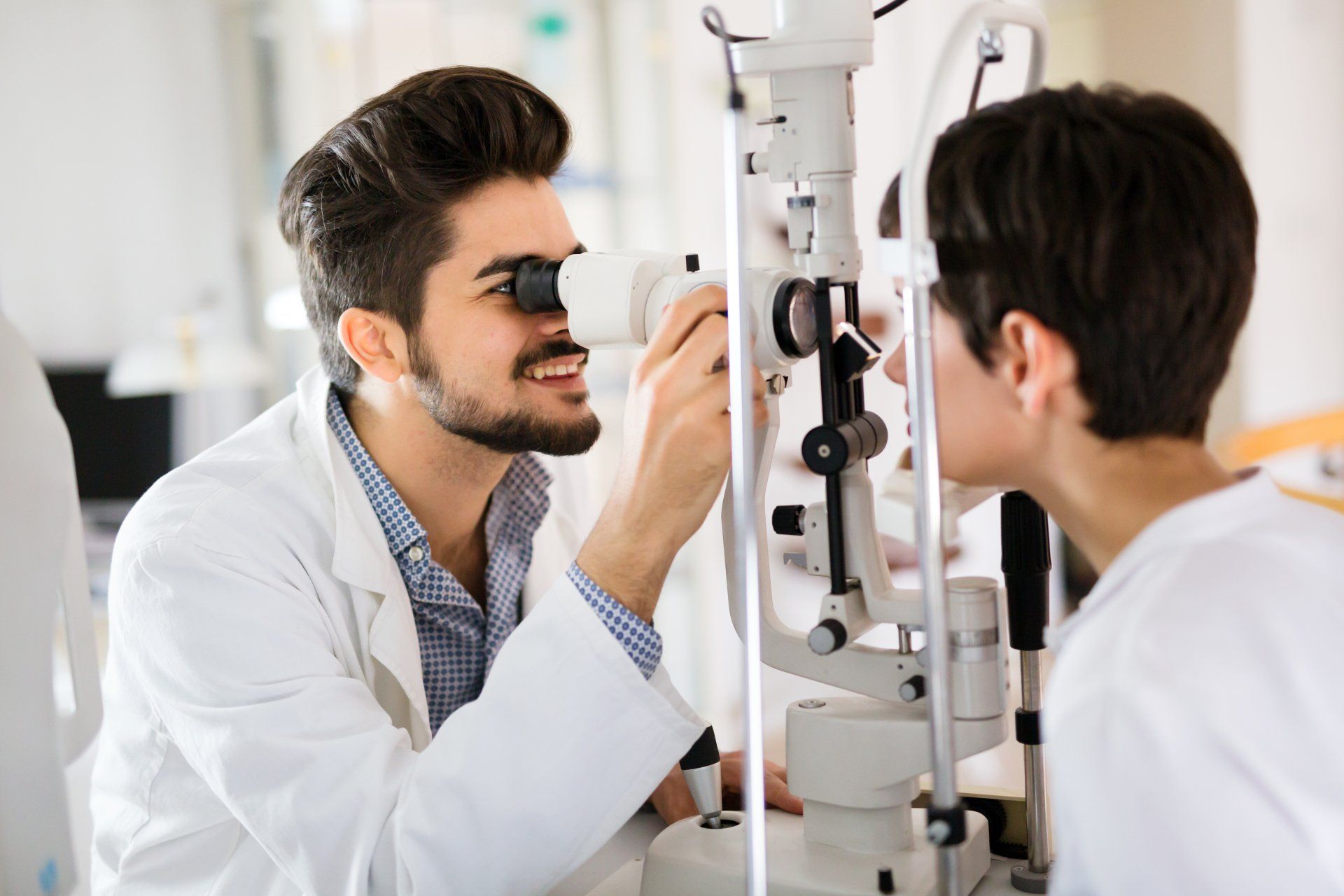The Most Common Eye Conditions and Their Treatments
Learn About Treatments for Common Eye Conditions
Eye conditions affect millions of people across all age groups, from childhood developmental issues to age-related changes. Understanding these conditions and their available treatments can help you recognize symptoms early and seek appropriate care. Many eye conditions are treatable when detected promptly, making regular eye examinations an important part of maintaining good vision and overall eye health.
Modern optometry offers numerous treatment approaches for various eye conditions, ranging from corrective lenses and medications to specialized therapies and surgical interventions. The key to successful treatment often lies in early detection and proper diagnosis by qualified eye care professionals.
This comprehensive article explores the most frequently encountered eye conditions, their symptoms, and current treatment methods. We'll examine everything from common refractive errors to more complex conditions that require specialized care, providing you with the knowledge needed to make informed decisions about your eye health.
Refractive Errors
Refractive errors occur when the eye cannot properly focus light onto the retina, resulting in blurred vision. These conditions affect how clearly you see objects at various distances.
Myopia (Nearsightedness)
Myopia causes distant objects to appear blurry while close objects remain clear. This condition develops when the eyeball is too long or the cornea has too much curvature, causing light to focus in front of the retina rather than directly on it.
Treatment Options:
- Prescription eyeglasses with concave lenses
- Contact lenses designed for myopia correction
- Orthokeratology (overnight corneal reshaping lenses)
- Refractive surgery procedures like LASIK
- Specialty contact lenses for myopia control in children
Hyperopia (Farsightedness)
Hyperopia makes nearby objects appear blurry while distant vision may remain clearer. This occurs when the eyeball is too short or the cornea has insufficient curvature, causing light to focus behind the retina.
Treatment Options:
- Prescription eyeglasses with convex lenses
- Contact lenses for hyperopia correction
- Refractive surgery procedures
- Accommodative training exercises in some cases
Astigmatism
Astigmatism results from an irregularly shaped cornea or lens, causing light to focus at multiple points rather than a single point on the retina. This creates blurred or distorted vision at all distances.
Treatment Options:
- Toric eyeglasses with cylindrical correction
- Toric contact lenses
- Rigid gas permeable contact lenses
- Refractive surgery with astigmatism correction
- Combination treatments for complex astigmatism
Age-Related Eye Conditions
Several eye conditions become more prevalent as we age, often requiring different treatment approaches than conditions that develop earlier in life.
Cataracts
Cataracts involve the clouding of the eye's natural lens, leading to decreased vision clarity, increased glare sensitivity, and difficulty seeing in low light conditions. This condition typically develops gradually and is most common in adults over 60.
Treatment Options:
- Updated prescription lenses in early stages
- Anti-glare coatings on eyewear
- Improved lighting for daily activities
- Cataract surgery with intraocular lens implantation
- Premium lens implants for enhanced vision correction
Presbyopia
Presbyopia is the natural aging process of the eye's lens, making it difficult to focus on close objects. This condition typically begins around age 40 and affects nearly everyone eventually.
Treatment Options:
- Reading glasses for close work
- Progressive addition lenses (no-line bifocals)
- Multifocal contact lenses
- Monovision contact lens fitting
- Presbyopia-correcting intraocular lenses
Developmental Eye Conditions
Some eye conditions develop during childhood and require early intervention to prevent long-term vision problems.
Amblyopia (Lazy Eye)
Amblyopia occurs when one eye fails to develop normal vision during childhood, often due to unequal refractive errors, strabismus, or visual obstruction. Early detection and treatment are crucial for successful outcomes.
Treatment Options:
- Corrective eyeglasses or contact lenses
- Eye patching therapy to strengthen the weaker eye
- Atropine eye drops to blur vision in the stronger eye
- Vision therapy exercises
- Treatment of underlying conditions causing amblyopia
Strabismus (Eye Misalignment)
Strabismus is a condition where the eyes are not properly aligned and do not work together effectively. This can occur when the muscles controlling eye movement don't function in coordination.
Treatment Options:
- Prescription eyeglasses for refractive errors
- Prism lenses to help align vision
- Eye muscle exercises and vision therapy
- Botulinum toxin injections in specific cases
- Surgical correction of eye muscle positioning
Inflammatory and Infectious Eye Conditions
Various conditions can cause inflammation or infection in different parts of the eye, requiring specific treatment approaches.
Blepharitis
Blepharitis involves inflammation of the eyelids, particularly around the eyelash follicles. This condition can result from bacterial infections, oil gland dysfunction, or allergic reactions.
Treatment Options:
- Warm compress therapy and eyelid hygiene
- Antibiotic ointments or drops
- Anti-inflammatory medications
- Specialized eyelid cleansers
- Treatment of underlying skin conditions
Conjunctivitis (Pink Eye)
Conjunctivitis is inflammation of the conjunctiva, the thin membrane covering the white part of the eye. This condition can be caused by bacterial infections, viral infections, or allergic reactions.
Treatment Options:
- Antibiotic eye drops for bacterial conjunctivitis
- Antiviral medications for viral forms
- Antihistamine drops for allergic conjunctivitis
- Cool compresses for symptom relief
- Artificial tears for additional comfort
Dry Eye Conditions
Dry eye syndrome affects millions of people and can significantly affect daily activities and comfort.
Dry Eye Syndrome
This condition occurs when the eyes don't produce enough tears or when tears evaporate too quickly. Symptoms include burning, stinging, scratchy sensations, and intermittent blurry vision.
Treatment Options:
- Artificial tear supplements
- Prescription eye drops to increase tear production
- Punctal plugs to reduce tear drainage
- Omega-3 fatty acid supplements
- Environmental modifications to reduce symptoms
- Specialized treatments for severe cases
Computer Vision Syndrome
With increased screen time in modern life, computer vision syndrome has become increasingly common, affecting people who spend extended periods looking at digital devices.
Digital Eye Strain
Computer vision syndrome encompasses various symptoms including eye fatigue, headaches, neck pain, and blurred vision that occur after prolonged computer use.
Treatment Options:
- Computer-specific eyewear with anti-reflective coatings
- Blue light filtering lenses
- Proper workstation ergonomics
- Regular breaks following the 20-20-20 rule
- Prescription computer glasses
- Environmental lighting adjustments
Contact Us for Professional Eye Care Treatment
At Professional Eye Care - Optometry PA, we provide comprehensive diagnosis and treatment services for the eye conditions discussed above. Our practice takes a thorough approach to each patient's unique situation, beginning with detailed examinations to determine the exact nature and extent of any eye condition. If you're experiencing any symptoms of the conditions discussed in this article, or if it's been more than a year since your last comprehensive eye examination, contact us today to schedule an appointment. Our experienced team can help diagnose any issues and develop an appropriate treatment plan tailored to your specific needs. We serve Eastover, Fayetteville, Fort Bragg, Hope Mills, Parkton, Raeford, Spring Lake, Stedman, and Wade, NC; as well as the surrounding areas.
